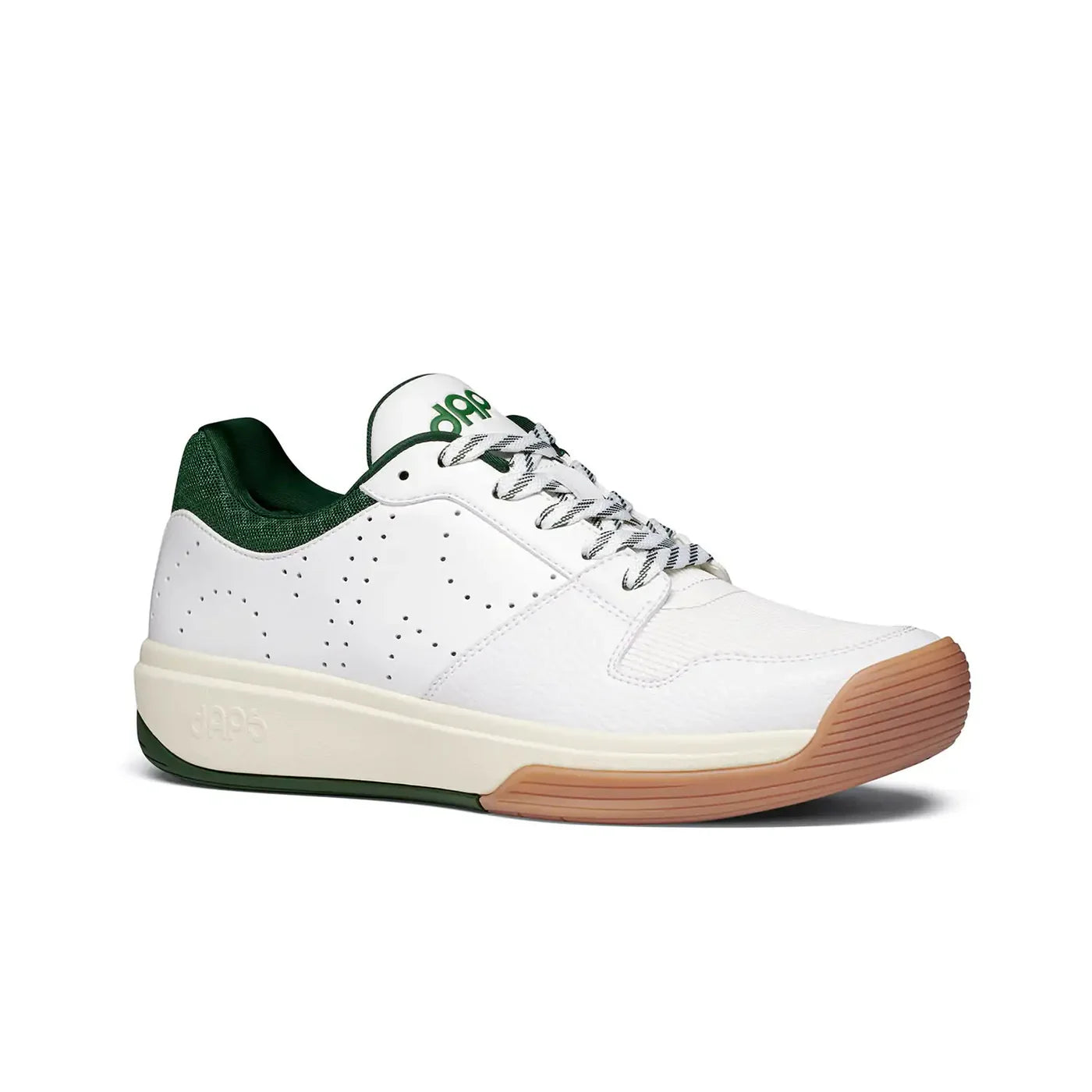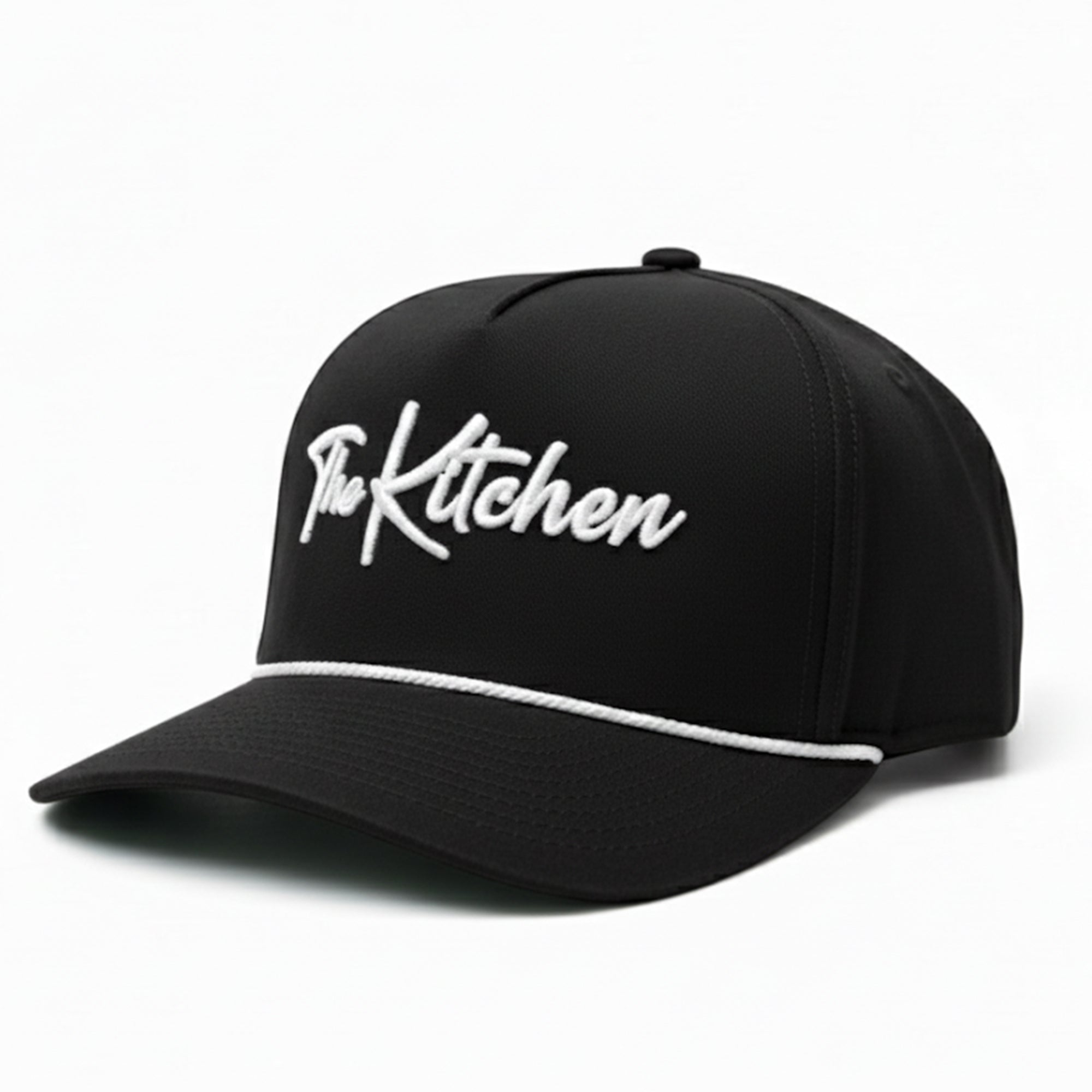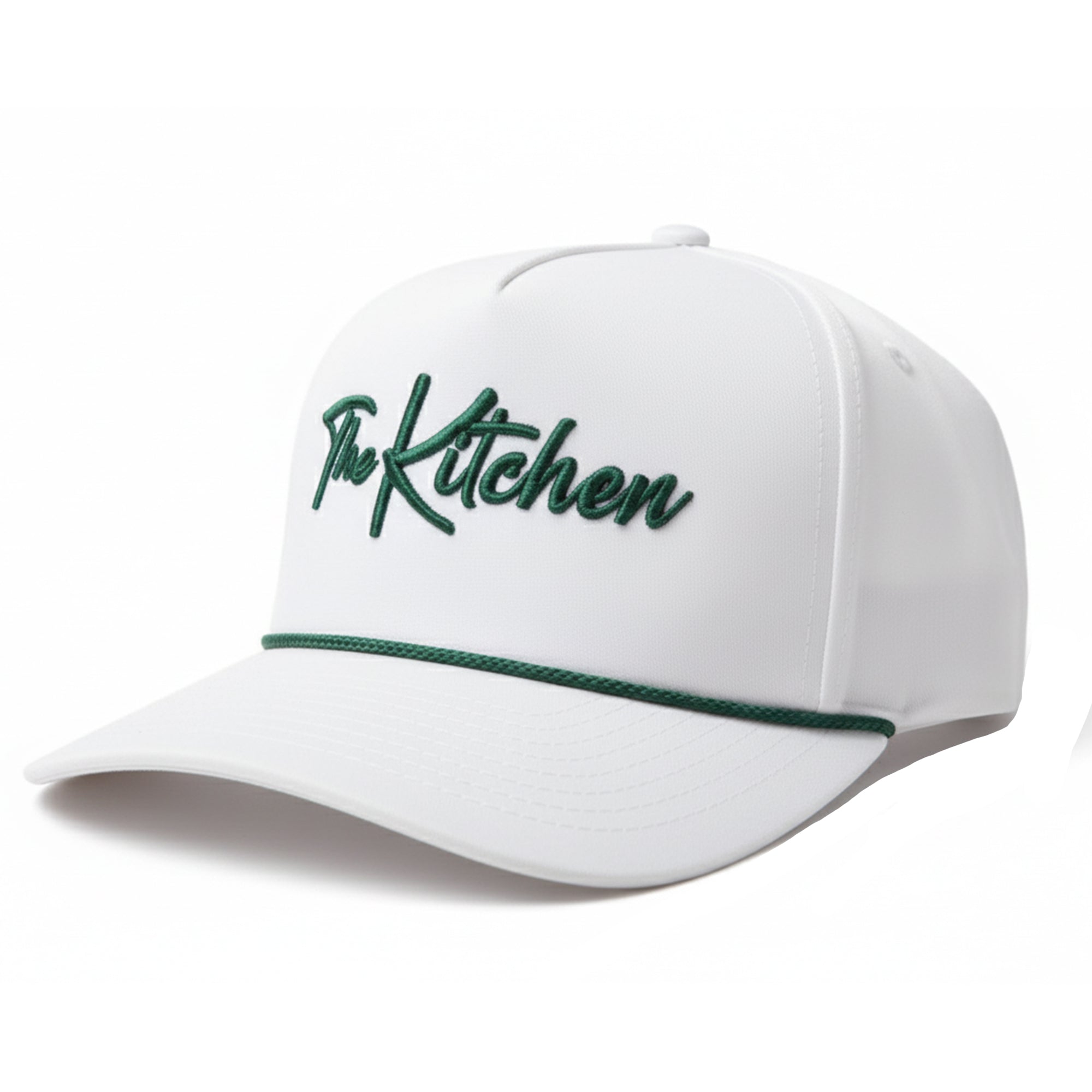What I learned during my tour of the UPA-A paddle testing lab
Last Edited
Sep 10 2025
Category
News
The United Pickleball Association of America -- which governs the PPA Tour and Major League Pickleball -- recently invited paddle manufacturers and media members to the paddle testing lab in south Florida where the organization has been developing its new paddle approval standards.
The UPA-A's paddle testing is being done by Pickle Pro Labs, which was founded by engineers who have decades of experience in sports equipment standards, performance testing and product compliance. Several members of the team have worked alongside governing bodies and manufacturers in other sports such as golf, baseball, softball, football and tennis.
The tour of the facility and subsequent discussion among Pickle Pro Labs staff and engineers from the paddle companies lasted several hours and included equipment demonstrations, details about key research findings and historical context regarding trends in other sports where equipment is a big driver of performance -- most notably baseball and softball.
The lab tour coincided with the UPA-A moving to full certification of paddles at the pro level starting on Sept. 1. Previously, the organization had been granting paddles and paddle brands provisional approval or interim certification, which was based on paddles having already received USA Pickleball certification.
Now the UPA-A has moved entirely away from recognizing USAP certification, and has its own paddle testing and certification process.
This change has been a topic of conversation at this week's PPA Tour Cincinnati Showcase, as some players were forced to switch paddles if the paddle they normally use is not on the updated list of approved paddles, which you can find here.
I wanted to share my experience from the day I spent at the lab to inform fans and players of what is going on behind the scenes to ensure that the playing field is level at pro events moving forward.
Here were my 5 biggest takeaways:
1. The paddle testing process is extensive
There are multiple steps that each paddle goes through before it gets approval, and many paddles don't make it through the full suite of tests because they fail at some point along the way. Of the nearly 150 paddles that have been tested since the lab has moved to full certification, almost 50% have failed for one reason or another, according to the UPA-A.
Here are the steps that each paddle goes through before getting approval:
- The lab starts by taking basic measurements, including length, width, thickness, balance point, weight and more. Surprisingly, some paddles don't even make it past this step because they fail to adhere to the maximum combined length and width of 24 inches. There also are more detailed measurements collected, such as a paddle's MOI (moment of inertia) ... a higher number means a paddle is harder to swing, and a lower number means it's easier to swing.
- The next step is to test the "deflection" force, or the amount of pressure applied to the paddle face before it compresses by a specified amount. This is the same test that is performed on-site at PPA Tour and Major League Pickleball events.
- Paddles are then tested using a ball cannon for power and spin. For the power test, a ball is fired at 50 mph (+/- 1 mph) at several locations on the paddle face, moving from lower on the paddle to higher on the paddle. Six shots are fired per location, and sensors capture how fast the ball comes off the paddle face. The testers then calculate an average of those shots to see whether it has exceeded the pre-determined power limit. They also use that information to identify a paddle's sweet spot.
- Next is the spin test. Paddles are placed at a 30 degree angle and balls are fired at 40 mph. The same high-speed cameras track how how much spin is imparted on the ball in the moments after impact.
- The paddles then undergo "destructive testing." This relatively new test, known as an "Accelerated Break In Standard" (ABI), is meant to determine how a paddle's performance changes over time. You can find more information about this process in this article.
- After the paddles complete the ABI process, they go back to the ball cannon and undergo the same testing process as before. If the paddle has "broken in" to the point where it is now exceeding the power or spin limits, it is deemed to have failed testing.
2. There is a clear emphasis on attention to detail
One of the first things you notice when you walk into the testing facility is how much effort goes in to making sure environmental factors are minimized as much as a possible.
There are multiple humidity control devices, extra insulation on exterior walls/doors and signs posted to keep entry and exit doors closed.
When paddles first arrive, they are unboxed and allowed to sit out in the facility for 24 hours before anything is done with them. This ensures that they adjust to the local conditions, since changes in temperature while paddles are being shipped can impact how they perform.
Pickle Pro Labs also goes to great lengths to be sure that the balls being used during testing are extremely consistent. They are currently using the Vulcan VPro Flight and measure each ball's weight and circumference at multiple points before it is deemed good for testing, and one ball is fired 48 times in the ball cannon before being retired.
3. The people doing these tests are very experienced
During the presentation last week, the group of paddle engineers and media members heard from several people who were involved in creating the new paddle certification process.
Dr. Patrick Drane, assistant director of the baseball research center at the University of Massachusetts Lowell. The UMass Lowell research center has worked with several organizations in the baseball industry, including Major League Baseball, the NCAA, USA Baseball and more.
Curtis Cruz, Pickle Pro Labs lead engineer. Cruz has a master's degree in mechanical engineering from Washington State University and has an extensive background in the baseball and softball industry. He helped develop equipment testing methods for those sports and also worked as a product manager for Rawlings previously.
Ron Radigonda, former CEO of USA Softball. Radigonda saw first-hand how power can greatly impact how a game is played. After composite softball bats began flooding the market in the 1990s and early 2000s, Radigonda was instrumental in developing regulations for bat safety and performance to keep power levels in check.
In addition to those three, every other person I talked to at the lab either had an advanced engineering degree or high-level understanding of how pickleball paddles are currently impacting the way the game is played.
4. This is the right direction for pro pickleball
If you ask anybody who has been playing pickleball for at least three years, they will tell you they've seen a huge increase in the amount of power that can be generated by modern paddles. As Radigonda pointed out during the Pickle Pro Labs tour last week, this is not unlike what happened with baseball and softball in the 90s and early 2000s.
In 1998, USC defeated Arizona State 21-14 in the College World Series championship game. That's an absurd score for a baseball game, especially one at the highest collegiate level, and it was just one example of how composite bats had gotten out of hand to the detriment of the game.
In the years since, Radigonda, Cruz, Drane and many others have gone to great lengths to bring power levels back in balance with where baseball and softball had been traditionally.
Pickleball has been trending in a similar direction in recent years, with more and more players reaching for protective eyewear, and seemingly endless complaints at the pro and amateur level about whatever latest and greatest paddle they felt had an advantage over the rest of the field.
The research being done at UMass Lowell and the Pickle Pro Labs testing facility is necessary to ensure that the playing field is level for pro competition and keep the spirit of the game intact.
That's not to say that performance is being limited. In shifting to a power and spin test, the UPA-A has taken away many of the material limitations that had existed previously. This will allow manufacturers to continue experimenting with different materials and innovations that improve things like feel and forgiveness while placing reasonable constraints on how hard a person can hit the ball.
5. Progress doesn't come without a few bumps
Already this week some players have complained publicly that they didn't realize their paddle wasn't approved.
That was probably inevitable, whether the change was made last week, next week, a year from now or two years from now. At some point the UPA-A had to flip the switch, and the Sept. 1 deadline was communicated to paddle manufacturers and the general public well ahead of time.
It's to be expected that any change will come with temporary confusion or even anger. That's true in all walks of life.
Pickleball's explosion in popularity opened a Pandora's box in the equipment industry -- it made it worth it financially to invest a ton of money into paddle research and technologies. And many companies were successful at making paddles that performed way better than their predecessors.
But it was always an unsustainable path to go down, and there needed to be guardrails.
I expect we will continue to hear some complaints from players and paddle companies in the short term. But my hope is that this is all for the betterment of the game in the long term.
My tour of the lab and the conversations I had while I was there left me optimistic that things are headed in the right direction.












